“No one stops to think, though — that maybe there is a reason for the darkness. Maybe people have to be reminded of it — of its power. At night, we go to sleep against the darkness. And if we wake up before morning, a lot of times we’re afraid. We need it all though — the darkness and the light.” — Jacqueline Woodson — American Writer
“Deep within, every human being hoards a pitch-black riddle. The darkness of the iris is nothing other than the starless night, the darkness deep in the eye is nothing other than the darkness of the universe.” — Lars Gustafsson — Swedish Poet & Novelist
“Let us not waste our time in idle discourse! Let us do something, while we have the chance….at this place, at this moment of time, whether we like it or not. Let us make the most of it before it is too late! Let us represent worthily for once the foul brood to which a cruel fate consigned us!” — Waiting for Godot — Samuel Beckett
Sunflowers were the first ones to know (Suryakanthi Hooge ModaluGottagiddu), the 16 min course end short film by Dr Chidananda S Naik, student of Film & Television Institute of India (FTII), bagged the coveted Cannes’ La Cinef Award for Best Short at 77th Cannes Film Festival, France.
Not only did the short bring laurels to the premier alma mater but also to the nation as a whole which feted the team and its success wholesomely. This achievement comes after four years when another FTII student film ‘Catdog’ by Ashmita Guha Neogi, 20 minutes long, was among 13 narrative films and four animated films chosen for CinéFondation 2020, from 1,952 works submitted by film schools from all over the world.
The short dealt with the relationship between a brother and sister who face imminent separation, in a world of their own, hidden from the eyes of their mother. The short dealt with the subject of incest, had won the first (Premier Prix) prize (€15,000 grant) at the 73rd Cannes Film Festival.
Picked alongside 17 others out of the 2,623 submissions that was received by the Cannes from 555 film schools worldwide, the short fetched a grant of €15,000 as first prize money for the talented 29-year-old Mysuru doctor-turned-filmmaker, who graduated from Mysore Medical College & Research Institute.
‘La Cinef’ or ‘CinéFondation’ is the official section of Cannes Film Festival whose objective is to encourage emerging talents and recognise films from film schools across the world, be it fiction or animation, that reveal talent and deserve encouragement.
The much thought provoking and subtly allegorical short, shot entirely at night, with its impeccable framing, shot scenarios, mis en scene and virtuoso play of light and shade, which form its cinematic core, to create a hauntingly milieu of mystery and wonder, could also be described as Dirge of a Desolate Mother, who fretting over the foreboding death of her son, circumvents nature by stealthily slipping away with the village’s rooster, ensuring the sun never rises and a perpetual deathly darkness descends on the inhabitants.
Here is how the mother, or the grandmother of the narrator, laments about the impending loss of her dear one as foretold by the oracle:
Oh! How the marigold in my backyard is dying
It’s branches are rotting but it still laughs at me
It says my son will die tomorrow
Even the stars that does not shine mocks me
I sit before this shack where I gave birth to my son
The tailless lizard clicks and exclaims
That my son will die tomorrow
Then I won’t let tomorrow come
O! Hut! Witness of my life, tell me
Will my son die tomorrow
Even as she finishes her mournful elegy the thatched straw hut engulfs in fire and is reduced to ashes right before her eyes.
A certain edgy eeriness pervades the short, which works at several levels. It astutely brings forth the workings of the various minds of the inhabitants of the village that has descended into darkness.
It is as if a solar eclipse has engulfed the earth with only the moon’s azure light and the petromax lamps, wooden torches, providing glimpse of the happenings on as the inhabitants contemplate the consequences and the remedial measures to be taken to bring back sunlight into their lives.
As the short slowly and surely snakes through the various phases of the deathly dark night and the grandson narrates the events that have unfolded leading to the pitch black situation it seems as if it is nocturnal phantasmagoria of the son/grandson in his sleep state is being enacted in a visual play of sound and sights.
The short reminds one of Irish playwright Samuel Beckett’s famous play Waiting for Godot. In the short it is awaiting the arising of the sun again. A sense of hopelessness and futility of meaningless existence enwraps the village folks who struggle to comprehend the darkness around them and accept the inevitability of the sun never rising again.
Yes, the rooster may have gone. The old hag may have left home. The sun may have disappeared never to rise again. But then life must, and does, goes on. So also the diurnal duties in the village as each goes about his/her tasks in routine, clockwork fashion, while looking skyward for the sun which has left them in a state of doom and despair.
Yes, conversations happen. Blame apportioned. Invectives hurled. Assumptions made. But the fact of the matter, however, remains that as the film’s tagline reads: ‘Once upon a time, in a village, an old lady steals the rooster and the sun never rises again,’ the fantastical idiomatic tale as narrated from the grandson’s perspective, making for captivating and engrossing watch.
Set in a quaint village and based on the popular Banjara folklore of Karnataka from which community Chidananda Naik belongs to and grew up with, the short takes on an ethereal quality engaging the viewer / audience in an enigmatic tour de force and contemplate on the reality or fiction of it all.
As director Chidananda himself concedes “he is not a reliable narrator. Our film is about the fiction he creates for a new audience.” “It is the story of a story, it is meta-fiction.” Indeed, as he further, explains that “night itself is a character in the film.”
The villagers at Mallappa’s door exhorting him to set out in search of his mother & the rooster.
Even as the father and son brood over the cruel fate that has consigned the village due to the sudden disappearance of the matriarch along with the rooster, and a state of absurdness prevails, you have the disarrayed community invoking the occult which prophesies “when the granny’s descendants are exiled the darkness will be lifted.”
As a result the people “who had lost faith now see a glimmer of hope,” exult in the new fond hope and force Mallappa and his son to venture out into the darkened forest to ferret out his mother/grandmother and most importantly the rooster, that will ensure the sun will rise and shine again bringing warmth and light into their lives again.
One may call Sunflowers were the first ones to know as a pictorial evocation of a grandmother’s bed time folk fable with all its attendant mystery and tinge of terror to put the child to sleep. It could also be read as narrative that is subtly suggestive of the times we live in, especially the villages and its folks, where faith, belief and inherited tradition have to contend with the modern day political mechanics which ensure they are perpetually in the dark despite progress and development all around.
In the exchange between the son and the father in Sunflowers were the first ones to know one can sense the fatality of the situation the village has been boxed in. “What if we never find Granny & the Rooster?” poses the son to his dad, both of whom donning the garb of wild beasts to escape them as “the light from our torches sought out Grandma & the Rooster.”
The father Mallappa, who is the reason for the entire gloomy and dismal sufferings in the village, while cursing “if she sets foot back in this house, I will break her legs,” for he believes his aged mother “has done this to us., the old bitch, instead of staying at home. The old hag has gone to look for her lover,” replies “you cannot change destiny. We must not forget that the sun once rose. That it will rise again some day. A man can only lie about forgetting, but he can never forget,” trying to convince and soothe his son’s fears.
What makes the short imprinted into the audience’s recess and to recall at leisure and mull over it is the final freeze of the old lady with the rooster and the lamp looking into the camera before departing into the darkness of the night. A superlative scripting piece of work indeed that leaves to so much conjectures and confabulations in the audiences’ mind.
Did she “act out of frustration or to escape the curse of God or in the hope that the entire village would be burnt to the ground,” the son recounts about the stories the villagers made up about “my granny” it is as much open ended as it could be.
The short also reminds one of Rapture the Garo language feature by Dominic Sangma from Meghalaya wherein you had the entire village thrown into a turmoil gripped as it is by the fear of a child-kidnapper, and more dreadful, the church has prophesised coming of apocalyptic darkness lasting 80 days.
Rapture too starts of with the disappearance in the darkness in the forest as the folks collect the cicadas, as part of the annual ritual, and thereon, begins the village trying to grapple with the situation and unravel the mysterious happenings around them.
Shivamogga born Chidananda, who is currently working on a Kannada feature film, having cut his teeth and honed his cinematic skills with shorts, has a body of shorts ‘Whispers & Echoes’ (2021), ‘Longing’ (Trishna) (2022) and ‘To the Forgotten’ (BhuleChukeTules) (2023) under his repertoire which speak of the astuteness of his cinematic craft and aesthetics in the idiom of cinema evoking the filmmaking school of late Mani Kaul and Kumar Sahani, both also alumnus of FTII.
Incidentally, before joining FTII in 2022, Chidanand S Naik was also selected as one of the 75 Creative Minds at 53rd International Film Festival of India (IFFI), an initiative of Ministry of Information & Broadcasting to recognise and support budding young artists in the field of Cinema.
The short film is a production of TV Wing’s year long programme wherein four students from different disciplines — Direction, Electronic Cinematography, Editing, and Sound collaborate for a project as a year-end coordinated exercise.
The film is directed by Chidananda S Naik, shot by Suraj Thakur, edited by Manoj V and sound design and music score by Abhishek Kadam. These students worked on the film as part of their final year coordinated exercise and passed out from FTII in 2023.
Be it Suraj Thakur’s superlative shot compositions, the erudite editing by Manoj or the haunting and growing score by Abhishek Kadam, the art of Tejashree Dahibhate & Shubham Nikam. Well Sunflowers were the first ones to know turns out an ensemble piece of cinematic work that found due recognition and reward at the prestigious Cannes. Kudos! For scaling the summit from over 2,500 contenders who sought to take a shy at it.
by

S VISWANATH is a veteran film critic who officiates as JURY at several National & International Film Festivals. He deputises as CHIEF CINEMA CURATOR/PROGRAMMER & CREATIVE ADVISOR for Bengaluru International Film Festival (BIFFes). He also curates & advises on the selection of shorts & documentaries for Bengaluru International Short Film Festival (BISFF). Mr Viswanath is the author of “RANDOM REFLECTIONS: A Kaleidoscopic Musings on Kannada Cinema”.

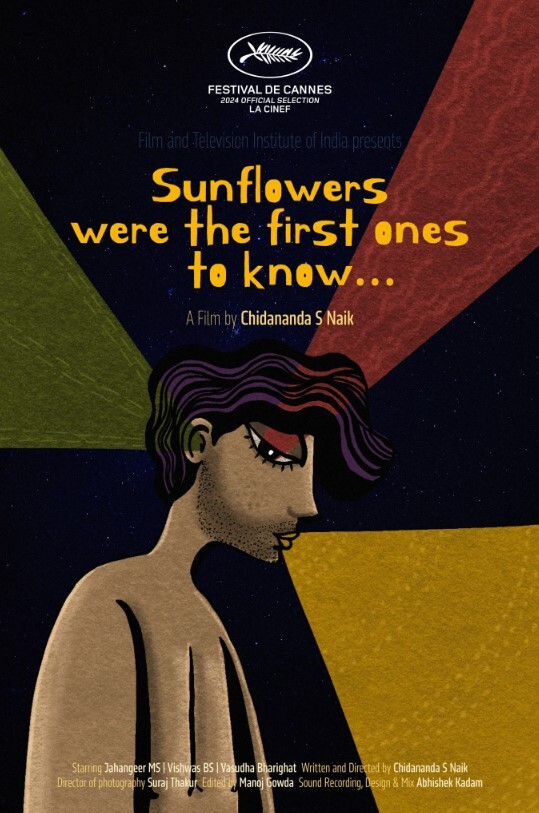
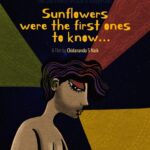

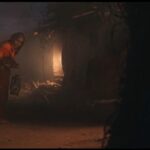
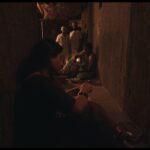
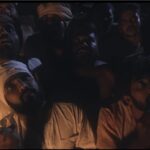


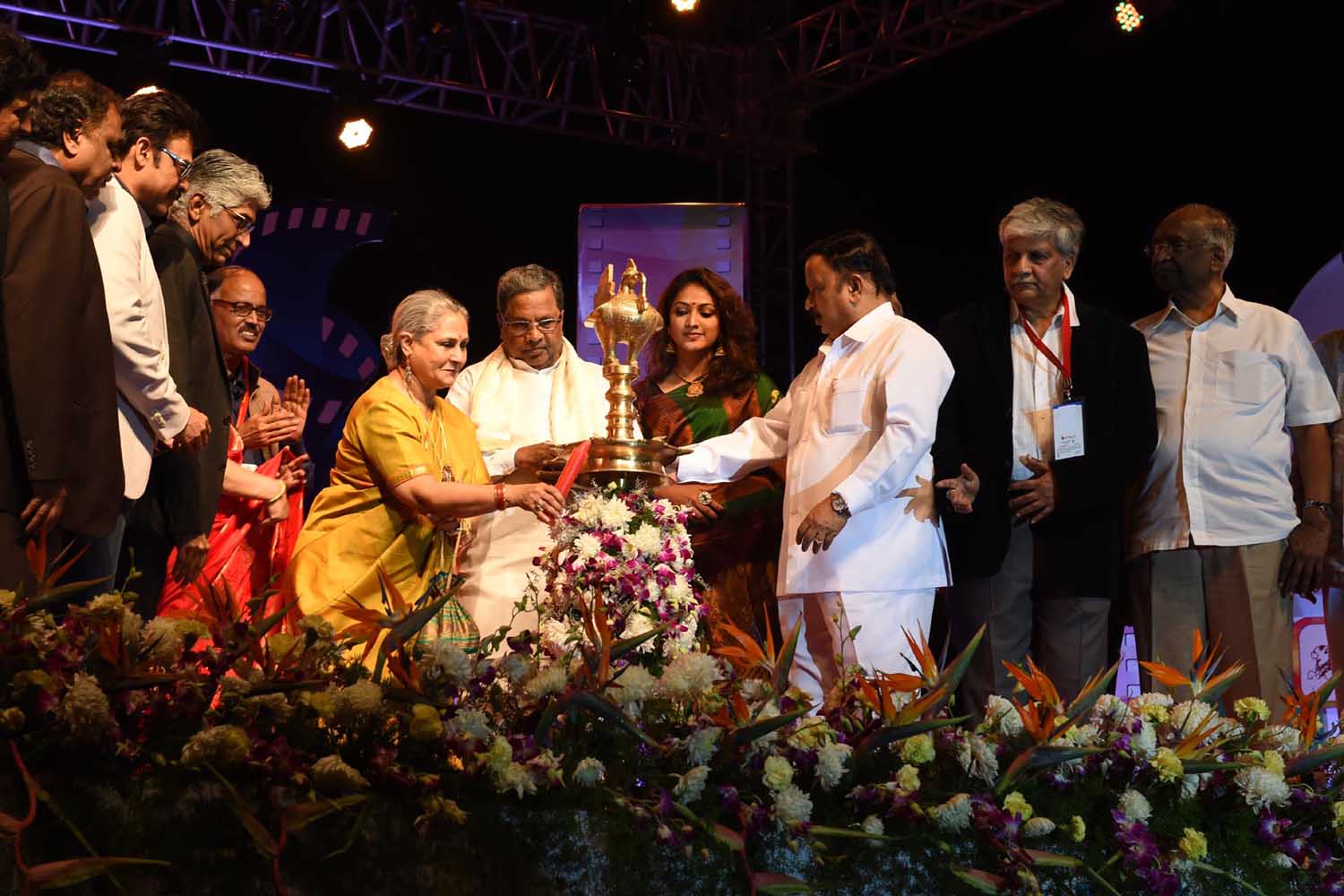
Leave a Reply